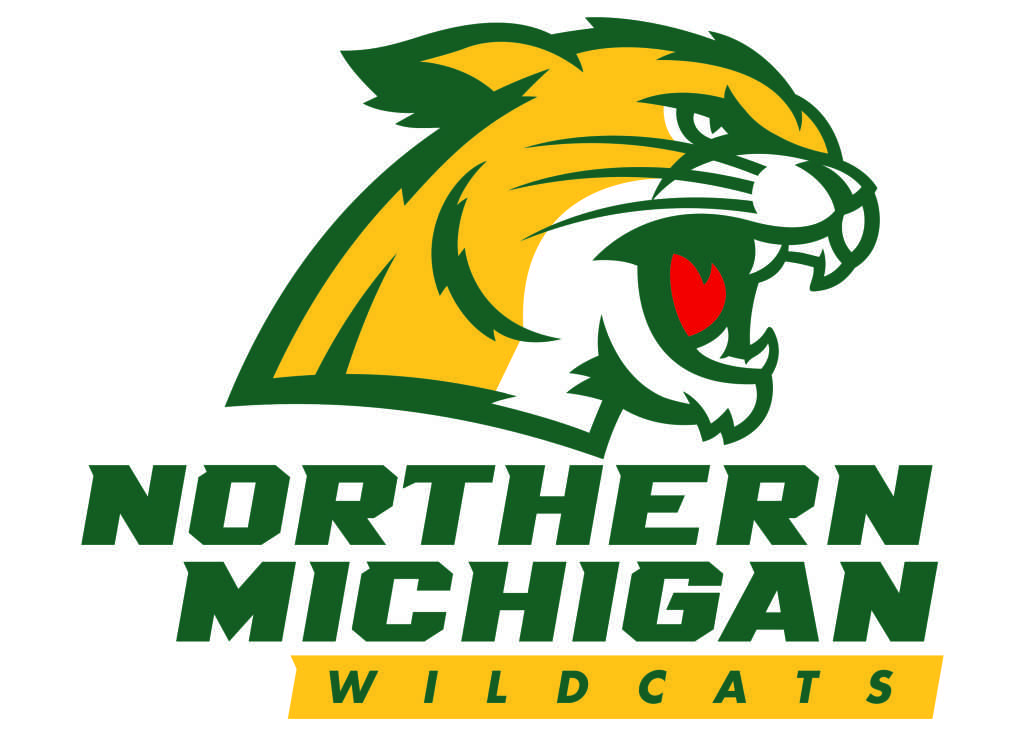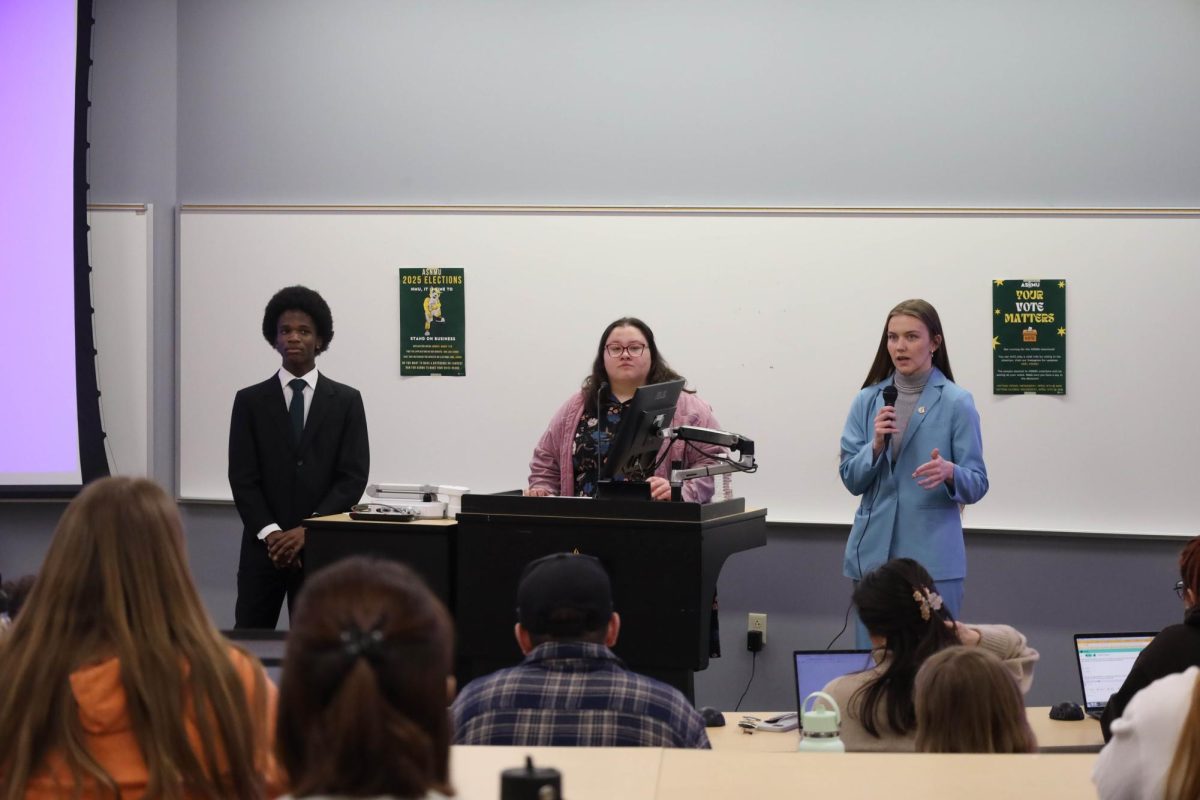State funding for higher education faced major cuts in Michigan this year, causing tuition at most public universities to raise around seven percent. For NMU students, the 6.9 percent tuition increase may seem higher.
Last fall, in-state residents received a stimulus towards tuition that was granted by the federal government. Even though tuition has always steadily increased, it seemed to stagnate for that semester.
In accordance with the federal guidelines, NMU dispersed federal funds last fall, a semester later than other universities chose to do.
Because of the timing, it caused issues for calculating funding from the state government. The numbers and figures used to determine how much funding a university receives relies mostly upon the cost of tuition for the previous year.
The tuition rate used for calculations appeared to be lower than the actual rate because of the federal stimulus funding. NMU would have received around $2 million less in funding from the state than expected if these numbers had been accurate.
In order to receive maximum state funding, universities were required not to raise tuition by more than 7.1 percent. Because inaccurate numbers were used, it seemed as though NMU would be raising tuition over 7.1 percent.
According to Cindy Paavola, Director of Communications and Marketing at NMU, there are two main sources of funding for NMU: tuition and state appropriation.
There are a several factors that determine how much tuition needs to be raised, but the main one is the estimated budget.
“You usually get a sense by spring time the range of what the state appropriation might be. You already know your budget from last year and you can anticipate new budget needs, such as utility costs,” Paavola said. “Once you have an estimated budget you have two choices: make budget cuts or increase tuition. NMU always tries to do budget cuts first and then raise the tuition. This year we could only raise tuition by so much, so we had to make significant budget cuts.”
One of those cuts included closing campus down on Fridays this summer.
Many students are frustrated with higher tuition costs and struggle to find ways to come up with the extra money. For Liz McCord, a senior English major at NMU, coming up with the extra money will not be easy.
“I don’t qualify for a lot of loans and then I face the challenge of finding a co-signer. It’s a $1,000 that I don’t have and it bothers me to see kids get overage checks and just throw it away,” she said. “I have a 3.93 GPA and I have still have trouble finding scholarships that I qualify for.”
McCord is not the only student facing the challenge of finding merit-based scholarships, there are simply fewer of them available. According to a press release by the President’s Council of State Universities of Michigan, over the last four years merit-based aid has decreased from $1,761 to $1,718 per student.
So how does one afford college with ever-rising tuition? According to Paavola, it’s not only about budgeting money, but also your time. Students should treat their education as an investment and be more aware of financial choices, Paavola said.
“There’s a lot of merit in developing a four-year plan with an advisor to help from making costly mistakes down the road,” Paavola said. “Academic planning is something students don’t think of as a major way to keep costs down.”
Students that choose to take 13 to 18 credits benefit the most from NMU’s flat rate for tuition. Any credits hours between 12 to 18 are essentially free. In the end this could save you a semester or more in tuition costs.
For information about more scholarships offered at NMU visit http://webb.nmu.edu/Foundation.

























